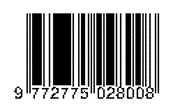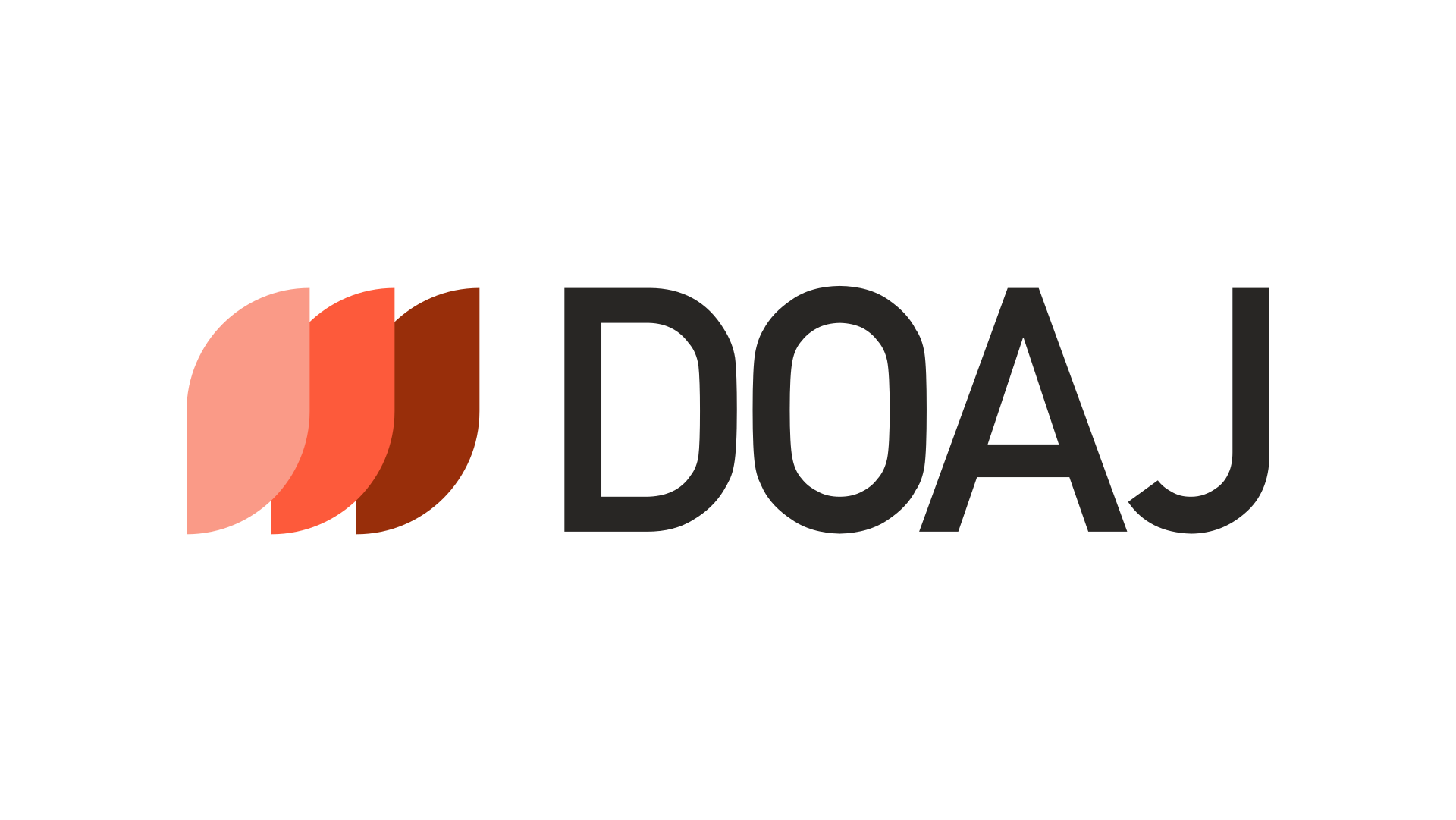DESCRIPTION OF KNOWLEDGE ABOUT THE POST PLACENTA IUD (INTRA UTERINE DEVICE) CONTRACEPTIVE METHOD FOR PREGNANT
Downloads
Introduction: Post-placental IUD is a long-term contraceptive method with an effective pregnancy prevention 0.6-0.8 pregnancies / 100 women. Installation that is carried out when the mother gives birth has an impact on the coverage of contraceptive use from an early age. Post-placental IUD contraceptives are not only effective in the long term for up to 10 years but are also affordable contraceptives for people from low to high economies status. Currently, these contraceptives can be purchased or installed for free. Contraception does not interfere with milk production, does not require routine follow-up to the hospital, contraceptive examinations can be done independently. The purpose of this study was to describe the knowledge about the post-placenta IUD contraceptive method. Methods: This study used a descriptive design, with a population of 98 people and a sample of 54 people. The sampling used is purposive sampling. Collecting data with a closed questionnaire. Data processing and data analysis by editing, scoring, coding, tabulating and presented in narrative form then draw conclusions. Results: Based on the results of the study, it was found that most (78.1%) pregnant women had less knowledge about Post Placenta IUD contraception. Conclusion: The reference of this study is to increase knowledge about the Post Placenta IUD (Intra Uterine Device) contraceptive method in pregnant women. Periodic health education regarding this contraceptive method during pregnancy so that at delivery, post placenta IUD contraception can be immediately installed.
A. Hary, Wied. (2011). Pengaruh informasi terhadap pengetahuan seseorang: Jakarta
Anna, Glasier. (2012). Keluarga Berencana Dan Kesehatan Reproduksi Edisi 4, Jakarta: EGC.
Alimul H, A.Aziz. (2011). Metodologi Penelitian Keperawatan Dan Teknik Analisis Data, Jakarta: Salemba Medika.
Arikunto, Suharsimi. (2013). Prosedur Penelitian (Suatu Pendekatan Praktek), Jakarta: PT Rineka Cipta
Barnett, C., Moehner, S., Do Minh, T., & Heinemann, K. (2017). Perforation risk and intra-uterine devices: results of the EURAS-IUD 5-year extension study.
Benson, Ralph C. (2009). Buku Saku Obstetri Dan Ginekologi, Jakarta: EGC.
BKKBN. (2012). Evaluasi Program Kependudukan dan KB. Materi Rakerda Pembangunan Kependudukan dan KB Provinsi Jawa Timur.Gresik.
BKKBN Gresik. (2014). Profil hasil pendataan keluarga di daerah Gresik,Jawa Timur tahun (2014),Gresik: Badan Koordinasi Keluarga Berencana Nasional
Kemenkes RI. (2014). Profil Kesehatan Indonesia Tahun 2014. Jakarta.
Khopina, A. A., Efremova, S. A., & Kurina, S. A. (1980). Characteristics of the vaginal microflora in healthy post-parturients in connection with application of intrauterine contraceptives in the early post-natal period. Sovetskaya Meditsina, 43(6), 88–91. Retrieved from https://www.scopus.com/inward/record.uri?eid=2-s2.0-0018818807&partnerID=40&md5=37925771500b699164bfbd98669cf4b6
Mubarok, Wahit Iqbal. (2011). Pengantar Keperawatan Komunitas 1, Jakarta: Sagung Seto.
Notoatmodjo, Soekidjo. (2012). Promosi Kesehatan Dan Perilaku Kesehatan, Jakarta: Rineka Cipta.
Saifuddin, Abdul Bari. (2011). Buku Panduan Praktis Pelayanan Kesehatan Maternal Neonatal, Jakarta:Yayasan Bina Pustaka Sarwono Prawirohardjo.
Sitorus, F. M., & Siahaan, J. M. (2018). Pelayanan Keluarga Berencana Pasca Persalinan Dalam Upaya Mendukung Percepatan Penurunan Angka Kematian Ibu. Midwifery Journal: Jurnal Kebidanan UM. Mataram, 3(2), 114. https://doi.org/10.31764/mj.v3i2.505
UNDESA. (2019). Contraceptive Use by Method 2019. United Nations, 28. Retrieved from https://www.un.org/en/development/desa/population/publications/pdf/family/ContraceptiveUseByMethodDataBooklet2019.pdf
Wiknjosastro, Hanifa. (2010). Ilmu Kandungan, Jakarta: Yayasan Bina Pustaka Sarwono Prawirohardjo.
Copyright (c) 2021 Fadliyah Laila, Amellia Mardhika, Emuliana Sulfat, Iswatun Iswatun, Endah Sri Wijayanti, Nela A. S

This work is licensed under a Creative Commons Attribution 4.0 International License.
Copyright Notice
1. The journal allows the author to hold the copyright of the article without restrictions.
2. The journal allows the author(s) to retain publishing rights without restrictions.
3. The legal formal aspect of journal publication accessibility refers to Creative Commons Attribution (CC BY).














